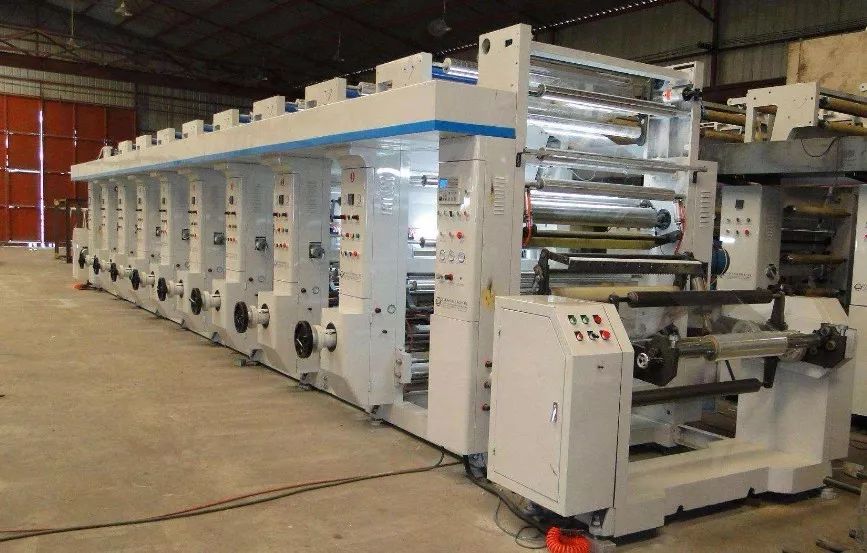With the development of the economy, packaging printing is getting more and more attention, and the choice of printing process on the printing quality, efficiency, cost and other direct impact, this article will share the details of offset, gravure, flexo, silkscreen, the difference between the four major printing and characteristics.
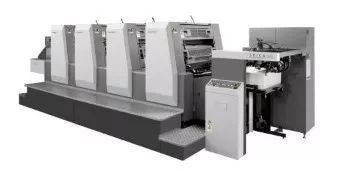
First, offset printing
The graphic part of the printing plate and the non-graphic part of the surface to keep flat, the graphic part of a layer of grease-rich oil film, while the non-graphic part of the absorption of appropriate moisture.
On the ink, the graphic part of the rejection of moisture and ink absorption, non-graphic part of the absorption of moisture and the formation of anti-ink effect.
The printing plates used in lithographic printing include PS plates, flat gravure plates, protein plates, and multi-layer metal plates. The surface structure of these printing plates is characterized by the following: the graphic part of the printing plate and the non-graphic blank is almost in the same plane.
Printing, the first fountain solution to wet the non-graphic part of the printing plate, the formation of a certain thickness of the uniform water film, and then wet the graphic part of the printing plate with ink, the formation of a certain thickness of the uniform ink film, the use of oil and water are not soluble in the principle of the non-graphic part of the and the graphic part of the respectively dependent on the water film and the ink film to resist each other’s infiltration. Lithographic surface must form hydrophilic and hydrophilic two types of surface area.
The vast majority of books, magazines, picture books and packaging boxes are offset products. Offset printing is a kind of lithographic printing, very simple to say offset printing is with the help of the rubber (rubber blanket) will be printed on the plate on the graphic transfer to the substrate on the printing method, that is, there are three cylinders (plate, blanket, embossing) lithographic printing method, in the south of our country this printing method is called Offset printing.
Offset printing: a variety of books, paper posters, folding pages, bags, calendars and some PVC, PET, can also be printed on.
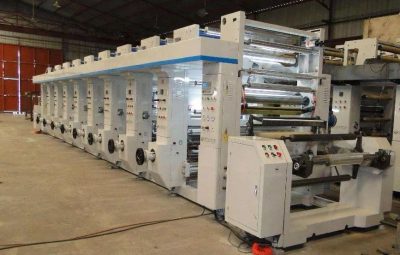
Second, gravure printing
Gravure printing is a direct printing method, it will be intaglio pits in the ink contained in the direct imprint to the substrate, the printed picture of the intensity of the level is determined by the size and depth of the pit, if the pit is deeper, it contains more ink, imprinted substrate left on the ink layer is thicker; on the other hand, if the pit is shallower, the amount of ink contained in the ink will be less, imprinted substrate left on the ink layer is thinner. Gravure printing plate is composed of a pit corresponding to the original text and the surface of the printing plate.
Printing, the ink is filled into the pit, the ink on the surface of the printing plate with a scraper to scrape off the ink, the printing plate and the substrate to support a certain amount of pressure contact, the ink in the pit will be transferred to the substrate to complete the printing.
Plastic bag products are generally gravure printing. Gravure printing ink color is full of three-dimensional sense, the graphic has a sense of convexity, and rich layers, clear lines, high quality and long life of the printing plate, suitable for large quantities of large quantities of printing. Gravure printing can print very thin materials, such as plastic film.
The main disadvantages of gravure printing are: complicated plate making technology before printing, long cycle, high cost of plate making; due to the use of volatile solvents, the workshop has a high content of harmful gases, which is harmful to the health of the workers; gravure printing practitioners require relatively high treatment.
Gravure printing plate complexity, ink pollution of the environment. These two aspects of the problem affects the development of gravure printing. In particular, a large number of large prints of the reduction of short-form printing at the same time require a large number of low-priced prints, so that gravure continuously lost market.
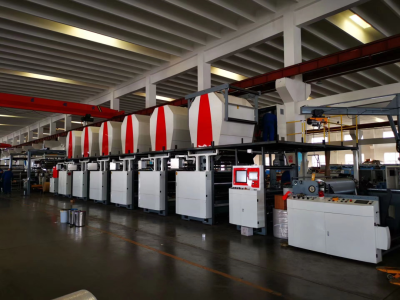
Flexographic printing
The most common logistics packaging corrugated cartons are flexographic products. Flexographic printing is the evolution of letterpress printing, flexographic printing is a direct printing method, due to the use of flexible, raised image printing plate and called flexographic printing. The flexo plate is glued to the plate cylinder, and the plate is supplied with ink by an engraved metal anilox roller.
Flexographic direct printing has the following characteristics:
1. thick ink layer, consistent ink color. Flexographic ink layer is thinner than gravure, but definitely thicker than offset printing, which is very advantageous for printing packaging products common large-area color block; due to the use of anilox rollers to pass the ink, in general, if the paper situation is unchanged, the water and ink situation is unchanged, then whether it is the same batch of products or a different batch of products of the ink color can be maintained consistently, which is precisely the most basic requirements of the packaging printing is not easy to do with the offset printing method.
2. Widely used non-toxic water-based ink printing. Flexographic ink is currently the only printing ink recognized by the U.S. Food and Drug Association non-toxic ink. As a result, flexographic printing is also known as green printing, is widely used in instruments and pharmaceutical packaging, which is unattainable in other printing methods.
3. Wide range of print media. Flexographic printing machine can not only print all kinds of paper, and can also print aluminum foil, plastic film, self-adhesive sticky notes, woven bags, non-woven fabrics and textiles, suitable for printing media more than the gravure printing method. Offset printing method in addition to paper, the rest of the media can not or not good printing.
4. Wide range of product applications. Almost all paper and plastic packaging products can be printed with flexographic printing. In addition to packaging products, you can also print newspapers, books, magazines and other products.
5. Equipment comprehensive processing capacity. Flexographic printing machine can be printed on the same equipment for post-processing, such as reverse printing, varnishing, laminating, die-cutting, cross-cutting, slitting, perforation, dragon, fan folding, automatic waste removal, etc., and can even be added to the printing unit on the printing numbering, hot stamping, or screen printing unit.
Therefore, it is not unreasonable for some people to call the flexographic printing press a printing process production line.
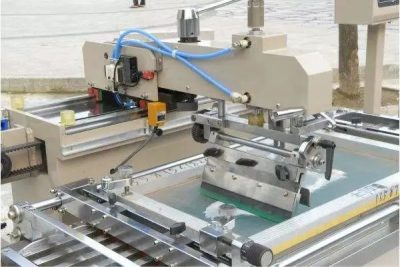
Fourth, screen printing
Screen printing is the nearest printing method to our lives. Common local UV is screen printing, according to the thickness of the screen can form a pile of ink, there is a very good sense of three-dimensional; screen printing is also widely used in self-adhesive label printing.
When I was a child, our exam papers are transcribed oil printing, the teacher pads the wax paper on a steel plate with a reticule, with a pointed engraving pen engraved, and then printed with an oil printing machine.
This type of printing is the same principle as our screen printing: the screen plate has hollowed out parts, and the ink is transferred to the substrate (paper, ceramics, etc.) through the eyelets to form an image or text.
Screen printing: all kinds of metal, glass, paper, plastic, wood, ceramics, etc., claiming that in addition to air and water, nothing can not be printed.


